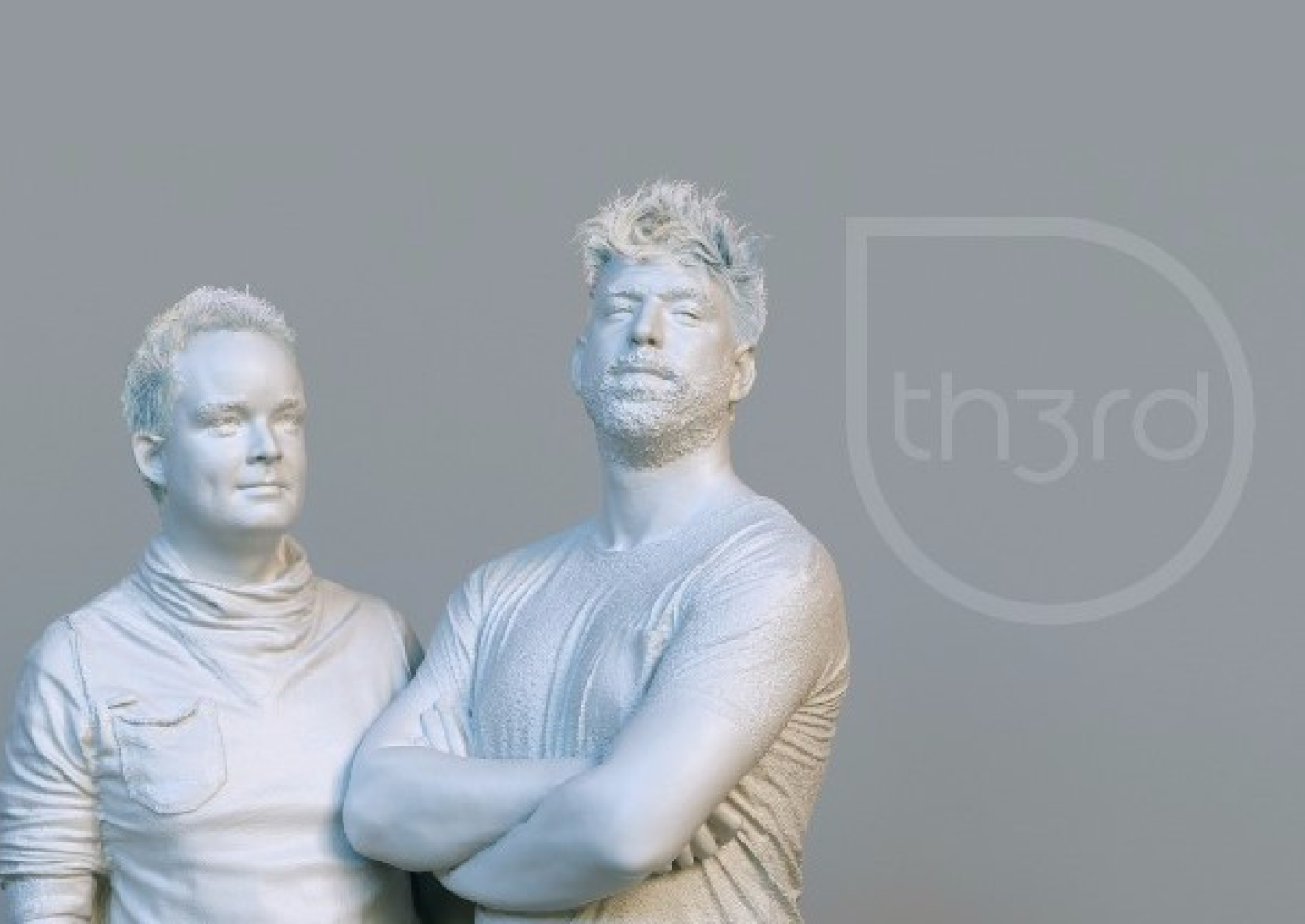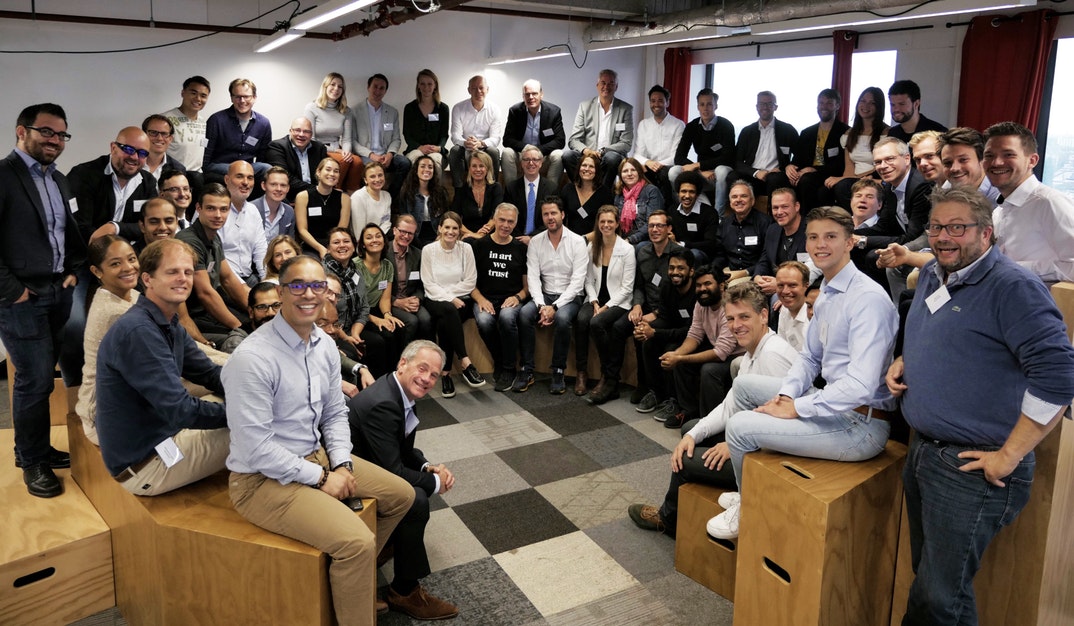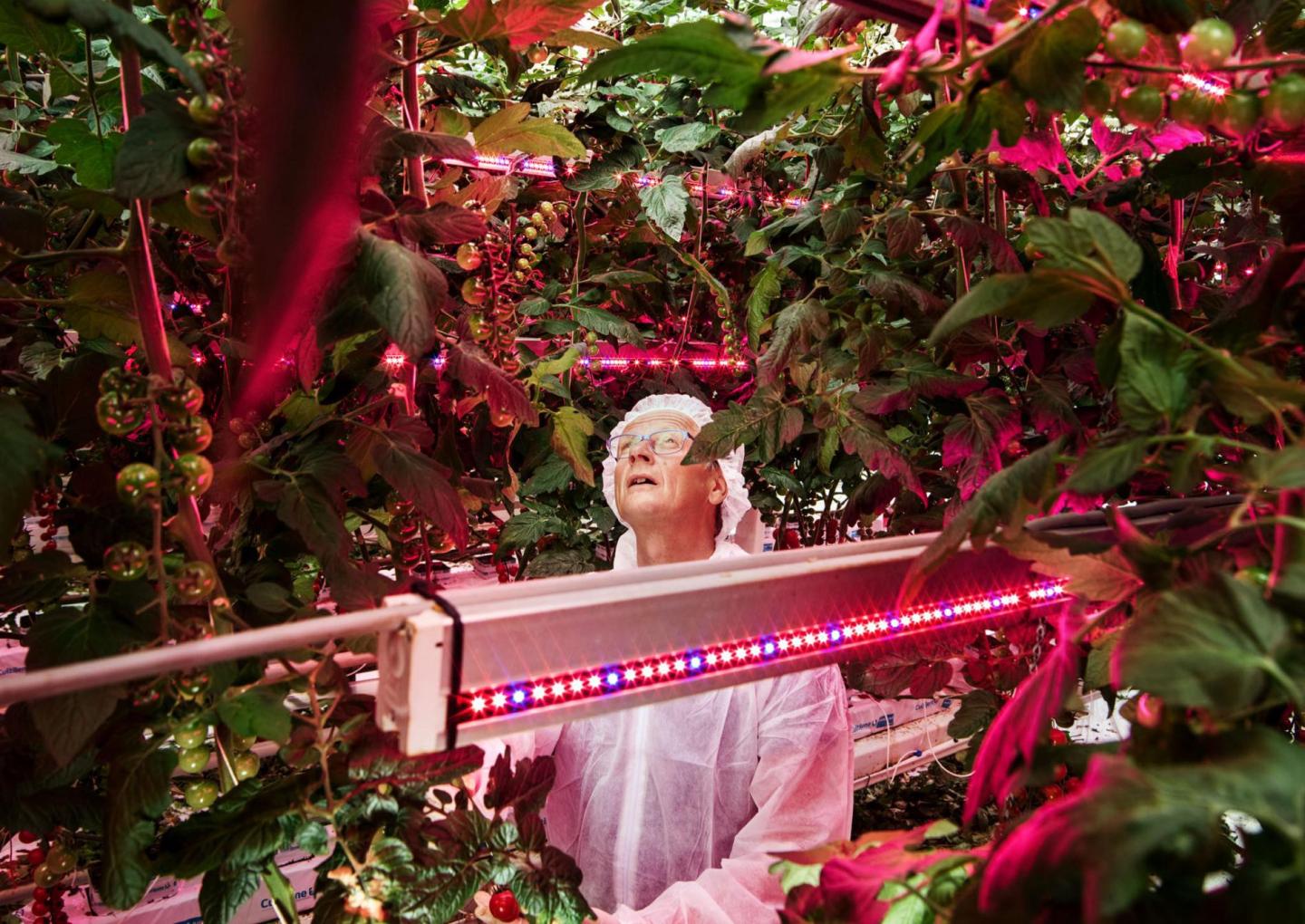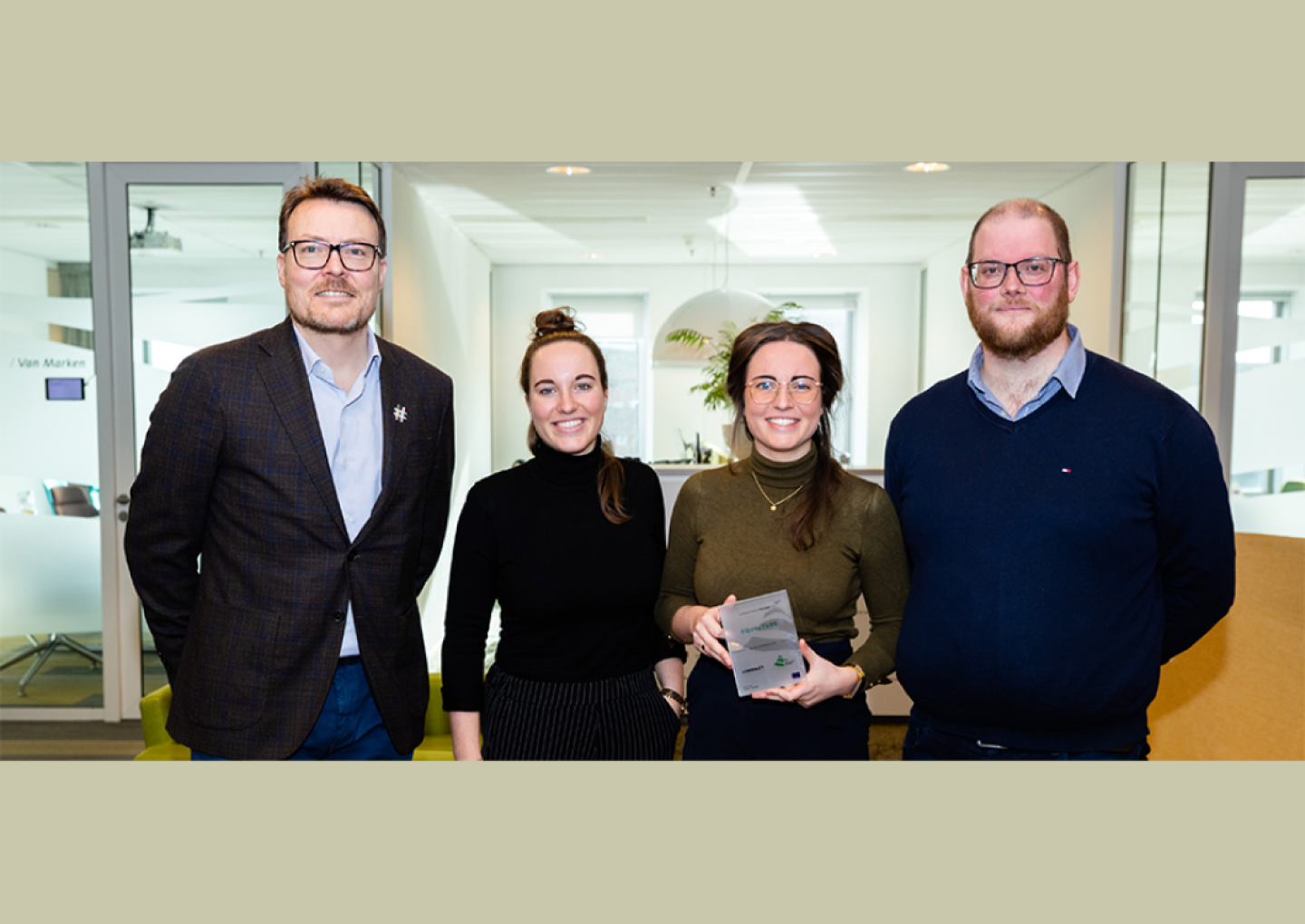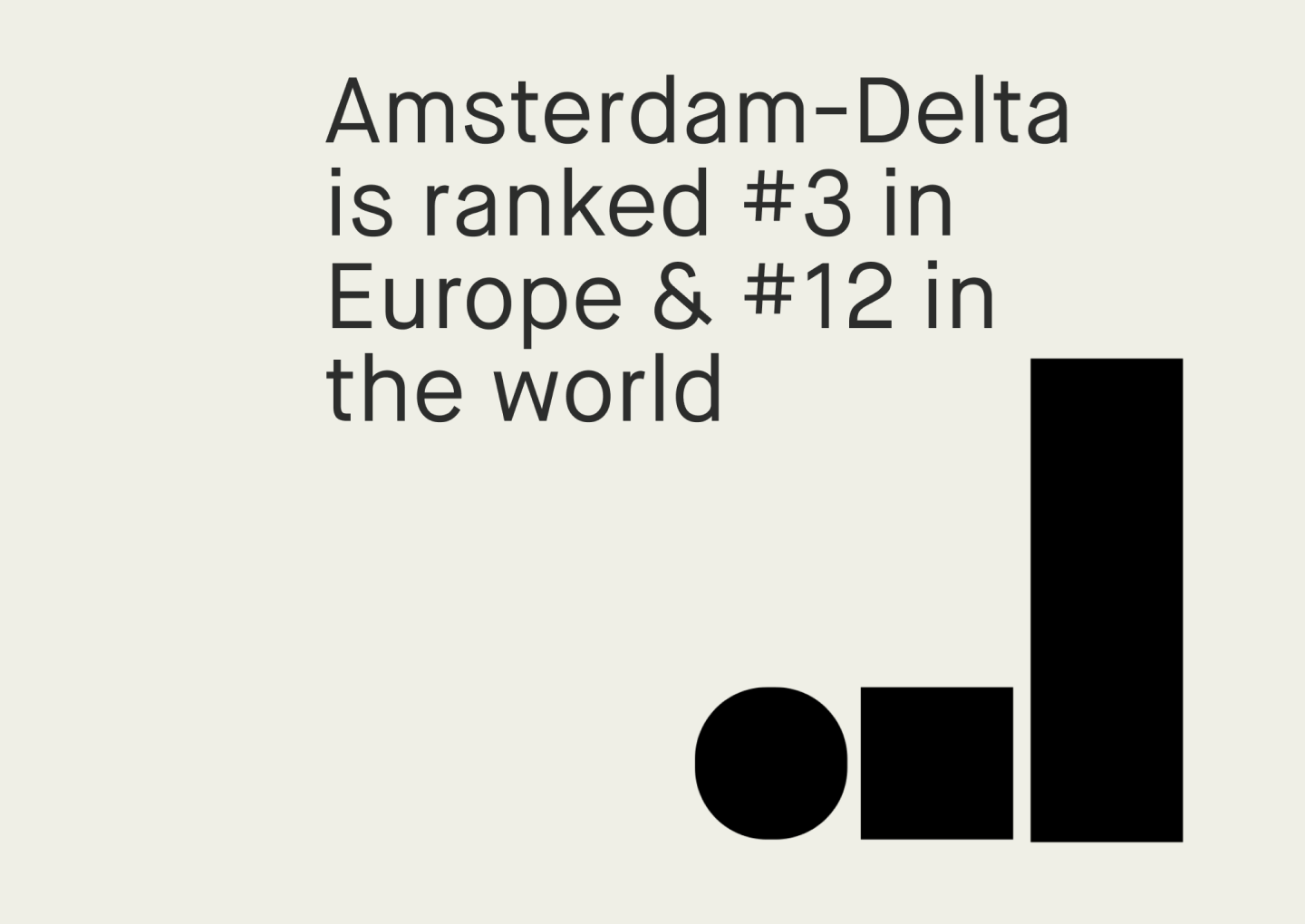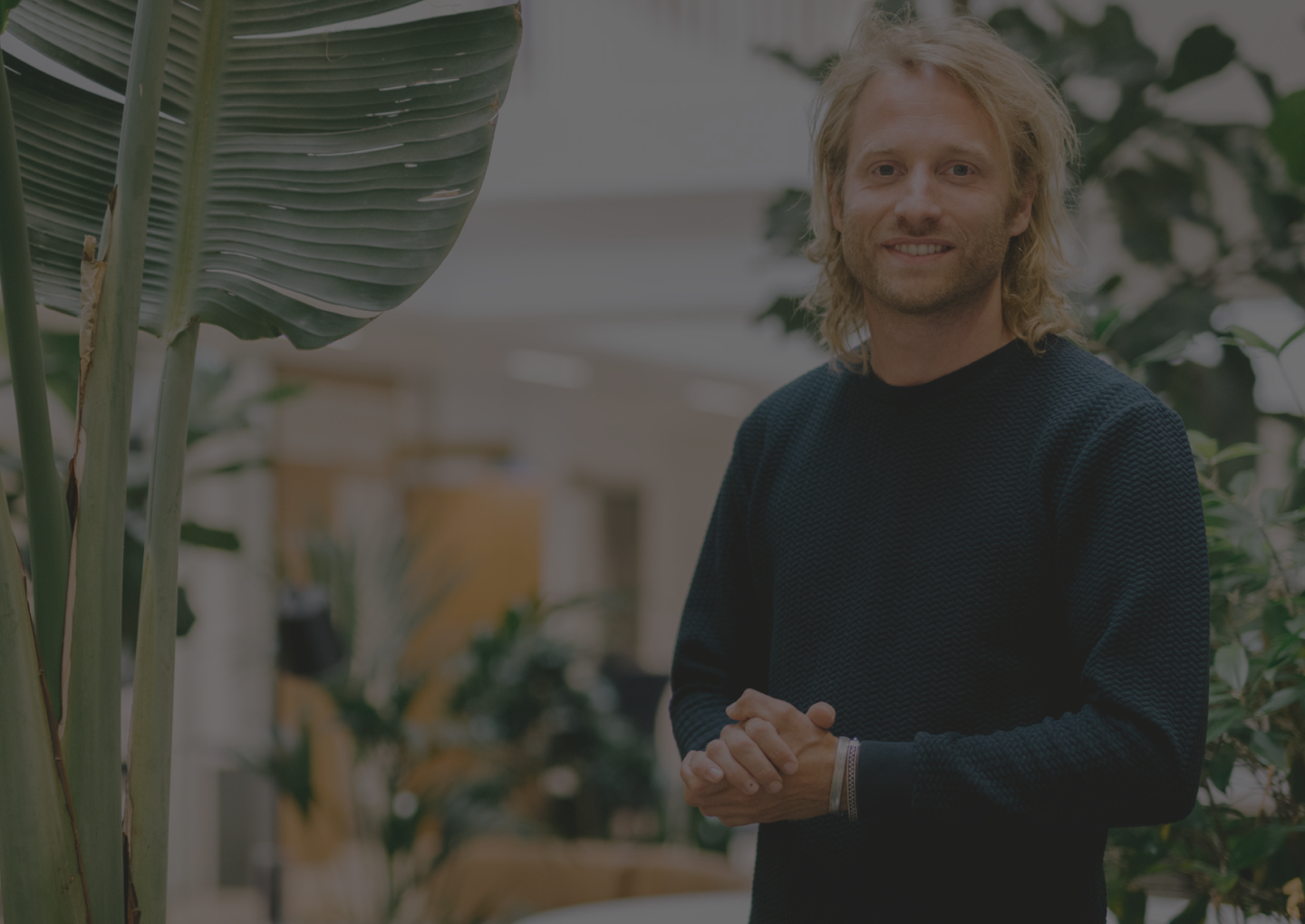After creating a successful platform brands began seeing the high-quality scans that Th3rd provided and began getting in touch with their own ideas for the technology. Rudo ended up receiving pitches from major sports and fashion brands for pilots to turn their stock into the same high-quality 3D models. Moving from digitising people to digitizing everything with a focus on e-commerce.
This was then accelerated even further when they moved into the working space B.Amsterdam. With large companies getting tours of the new office space having 130 cameras in a room drew a lot of attention and interest. This helped Rudo perfect his pitch as he continually explained what he did, tweaking it each time as he gauged different reactions whilst also listening to potential customer ideas on what they would do with his setup.
These tours helped me to learn my pitch quickly as so many people would come by. People would say "oh you should do this, look at this", and my pitch adapted. For example, a Nike or Adidas would talk about the possibilities of scanning shoes. Then through this, we rapidly gained contacts and word of mouth helped a lot in getting our first pilots.
With 3D models of products to brand the advantages, you can turn one asset into all kinds of media formats. By creating a 3D counterpart of a product you have one easy building block to use for your media-assets since a good 3D model can be used for product photos, animations, commercials, or 360 degrees photos. Also, customers' e-commerce channels are ready for all the latest innovations, since VR/AR, holograms, and all other new applications all use 3D content as their building blocks:
You basically have your store in a customer's pocket. You can really see that it can boost sales greatly. And we want to be the ones that help everybody see and access technology. Giving that “Oh wow” moment. This is a really big change that’s coming for e-commerce. But not everyone sees it due to the barriers of having to create so much content something we can help people overcome. And that’s basically where the what’s lagging to really push it forward. And we want to help bridge that gap by creating the next step in rapid scanning technology.
